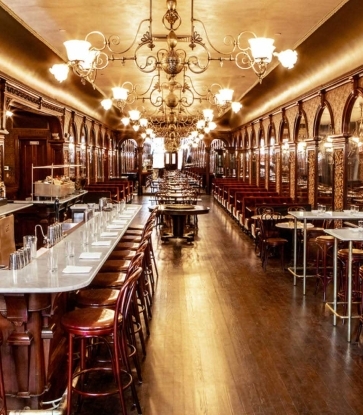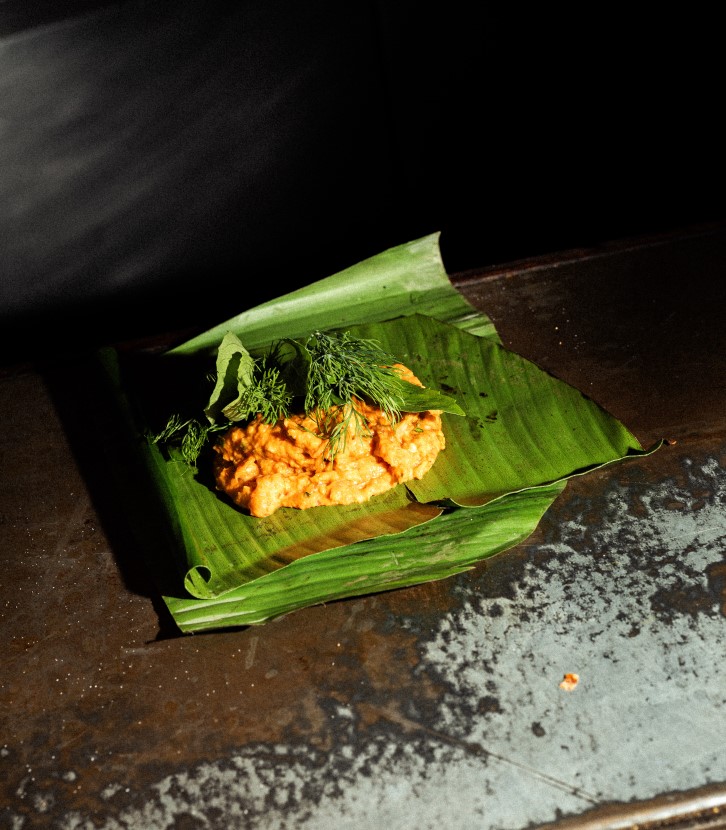In a country where futuristic skylines rise beside centuries-old palaces, South Korea’s hospitality scene embodies the same dialogue between past and present. Glass towers and minimalist suites coexist with tiled roofs and warm ondol (underfloor heating) floors, offering travelers a glimpse into how heritage and innovation seamlessly intertwine.
From Seoul’s heart to the coastal landscapes of Gangneung and Jeju, the following MICHELIN Key and selected hotels celebrate Korean tradition not as nostalgia, but as living design — places where guests can experience the quiet grace of hanok (Korean wooden house) architecture and the polished comfort of world-class luxury, all under one roof.
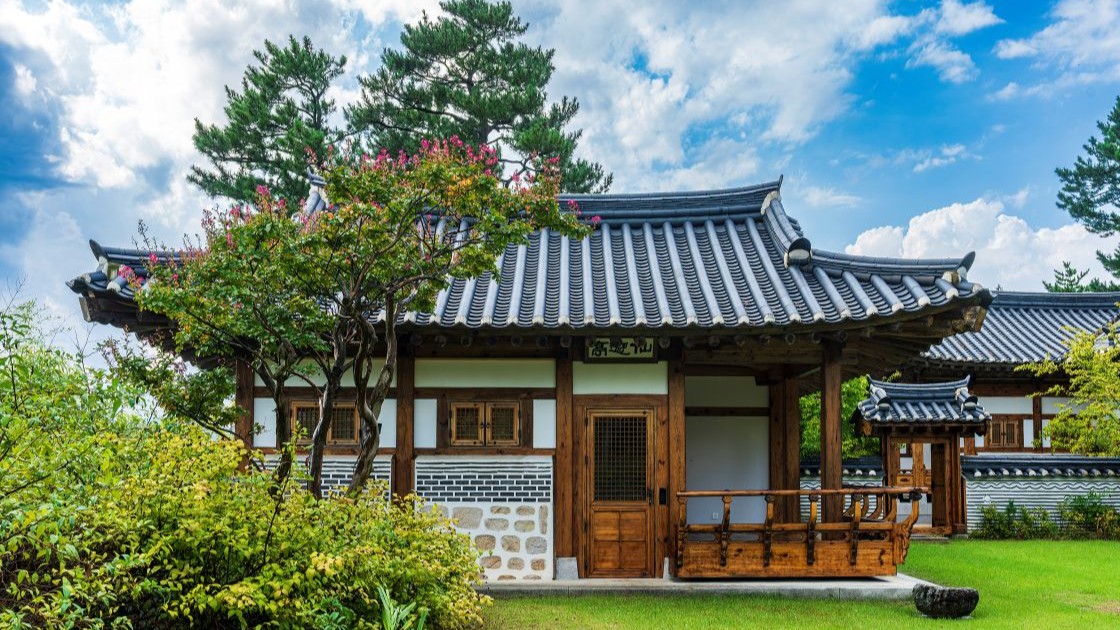
SEAMARQ Hotel
Gangwon Province
Comprising three independent hanok buildings that mirror an aristocrat’s residence from the Joseon period (1392-1910) — anchae (women’s quarters), sarangchae (men’s quarters) and byeolchae (guest annex) — it features all the traditional architectural elements, including a curved giwa roof, exposed wooden beams, as well as lattice doors and windows, with seamless indoor–outdoor flow through private courtyards. Guests can enjoy this sense of heritage alongside every modern comfort of a five-star luxury stay.
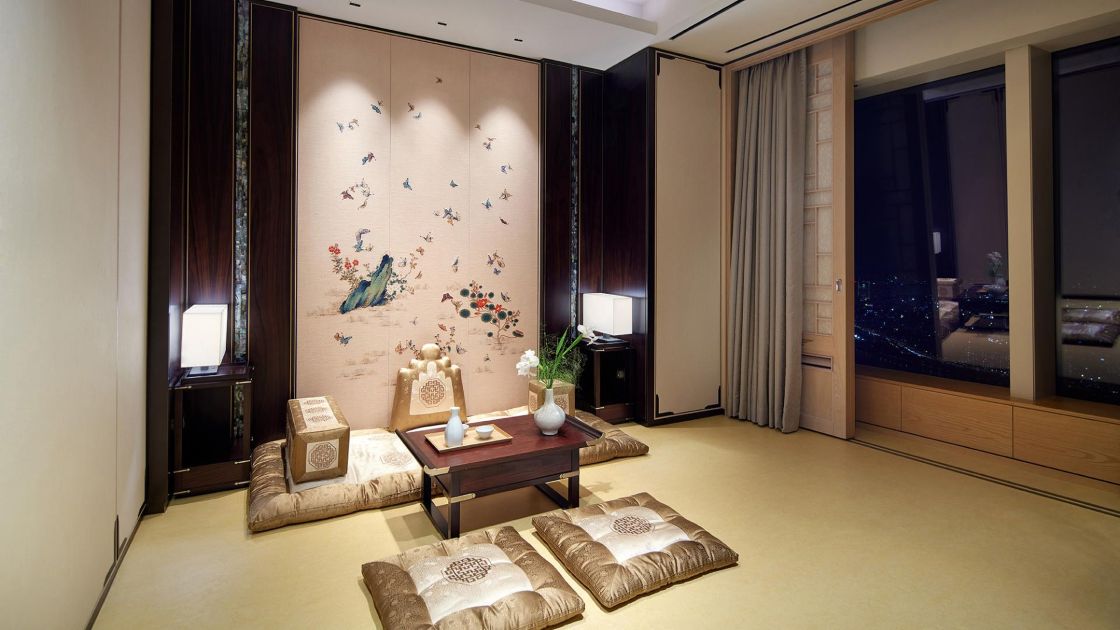
SIGNIEL Seoul
Songpa, Seoul
Two MICHELIN Keys
Occupying the top floors of Lotte World Tower, one of the world’s tallest buildings, SIGNIEL Seoul is one of Korea’s first hotels to receive Two MICHELIN Keys. It redefines urban luxury with the grandeur of a modern palace in the sky, but behind its glass façade lies an interior that feels quietly regal — suites adorned with silk-textured walls, lacquered finishes and furnishings echoing the curves of Joseon-era décor.
In its Korean-style suites, guests can recline on ondol-heated floors, rest on floor cushions and low tables, and admire bespoke woodwork that reinterprets traditional craftsmanship in a contemporary idiom. The result is a space that feels at once ultra-modern and unmistakably Korean, offering the rare sensation of traveling from the 21st century back to the Joseon Kingdom, all without leaving the clouds.

Four Seasons Hotel Seoul
Jongno, Seoul
One MICHELIN Key
Showcasing contemporary elegance infused with history, the Four Seasons Seoul stands beside Gyeongbokgung Palace, its suites offering cinematic views of the palace rooftops framed by mountains beyond.
Inside this One-Key hotel, the décor subtly pays homage to Korean artistry: minimalist lines recall hanok geometry, while moon jars, celadon vases and calligraphic ink works appear as quiet focal points. The result is a dialogue between modern restraint and timeless craftsmanship, making the hotel feel like a curated gallery of Korean aesthetics.
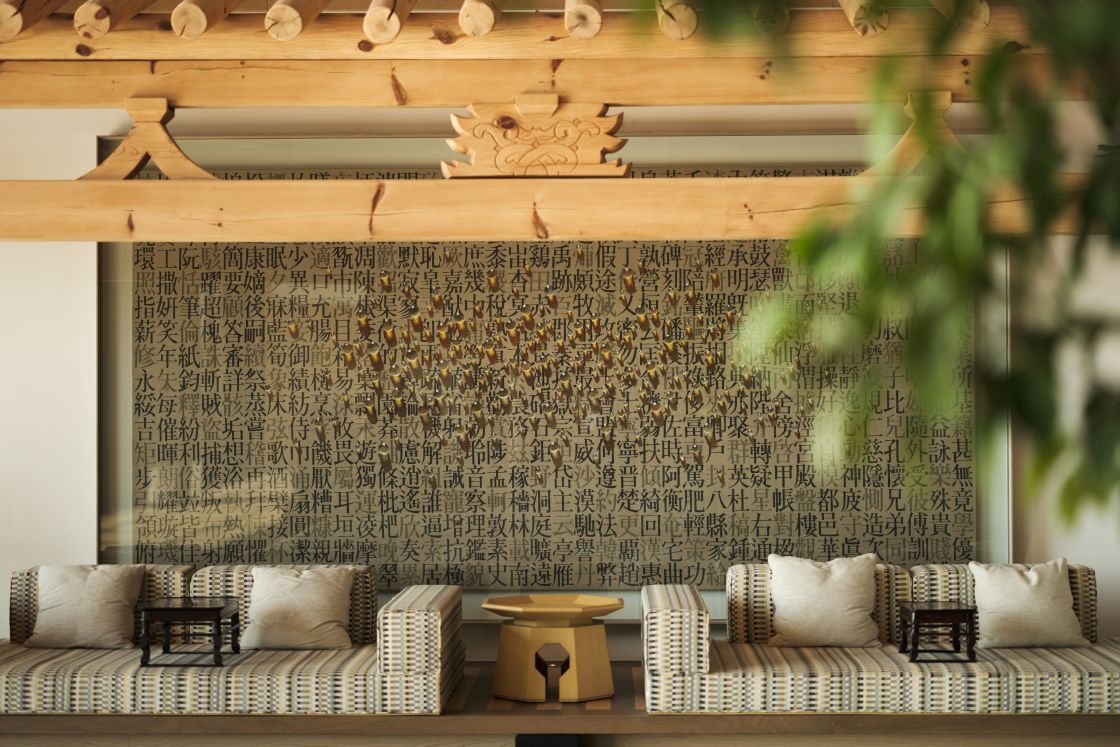
JW Marriott Jeju Resort & Spa
Jeju Island
One MICHELIN Key
JW Marriott Jeju blends Jeju’s volcanic earth tones and Korean architectural traditions into a resort that feels elemental yet sophisticated. Designed by Bill Bensley, the property presents a modern abstraction of Korea’s indigenous choga (thatched-roof house) and Jeju’s rugged landscape, shaping light-filled spaces that open toward the sea.
Interiors pair raw textures with artisanal Korean details — hanji paper walls (handmade Korean paper crafted from mulberry bark), warm wood beams and sculptural ceramics — creating a grounded, meditative atmosphere. Here, luxury is expressed not through excess but through harmony with nature and cultural memory.
READ MORE: South Korea’s Island Hideaways: 6 Luxury Hotels for Nature Lovers
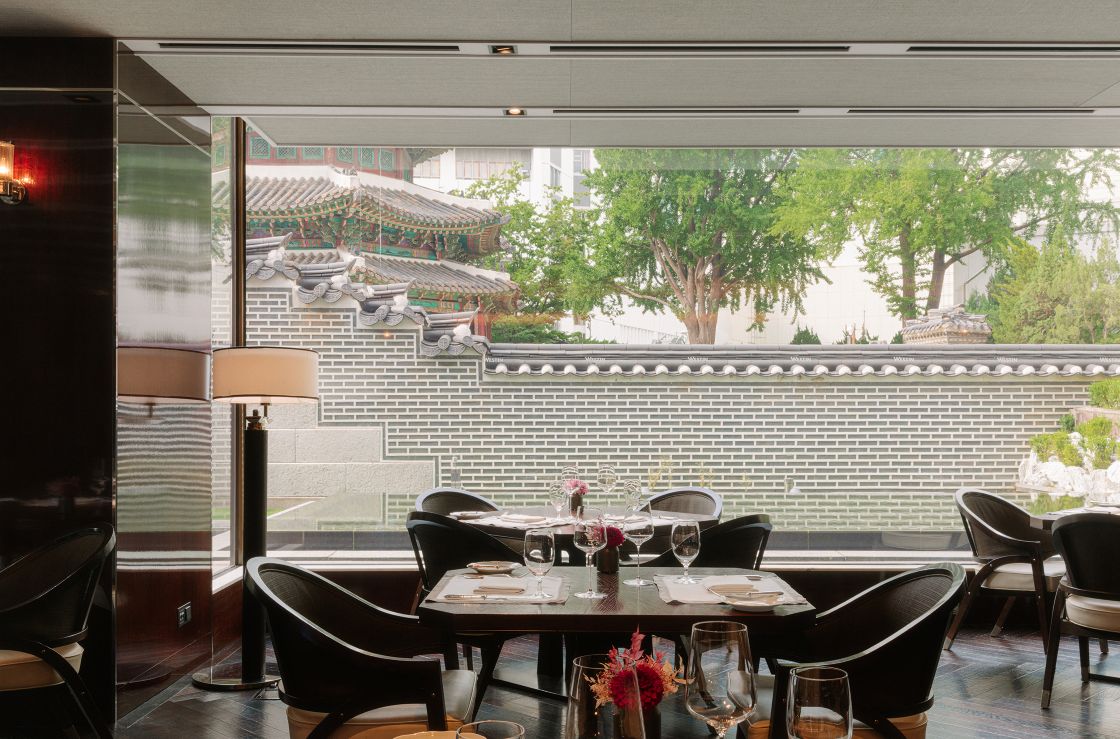
The Westin Josun Seoul Hotel
Jongno, Seoul
Standing on the former site of a 19th-century imperial altar, The Westin Josun Seoul is one of the city’s most storied addresses — a meeting point between modern hospitality and royal history. Within its grounds lies Hwanggungu, the surviving octagonal pavilion of the Hwangudan complex where Emperor Gojong once performed rites to heaven. The stone terrace, curved eaves and painted wood beams form a tranquil courtyard that contrasts beautifully with the hotel’s contemporary façade.
Several guest rooms, labeled “Hwangudan View,” overlook this rare heritage site, allowing visitors to wake up to a scene of solemn beauty. The hotel's lounge and restaurants can also enjoy views of the site — an imperial remnant quietly preserved in the heart of modern Seoul.
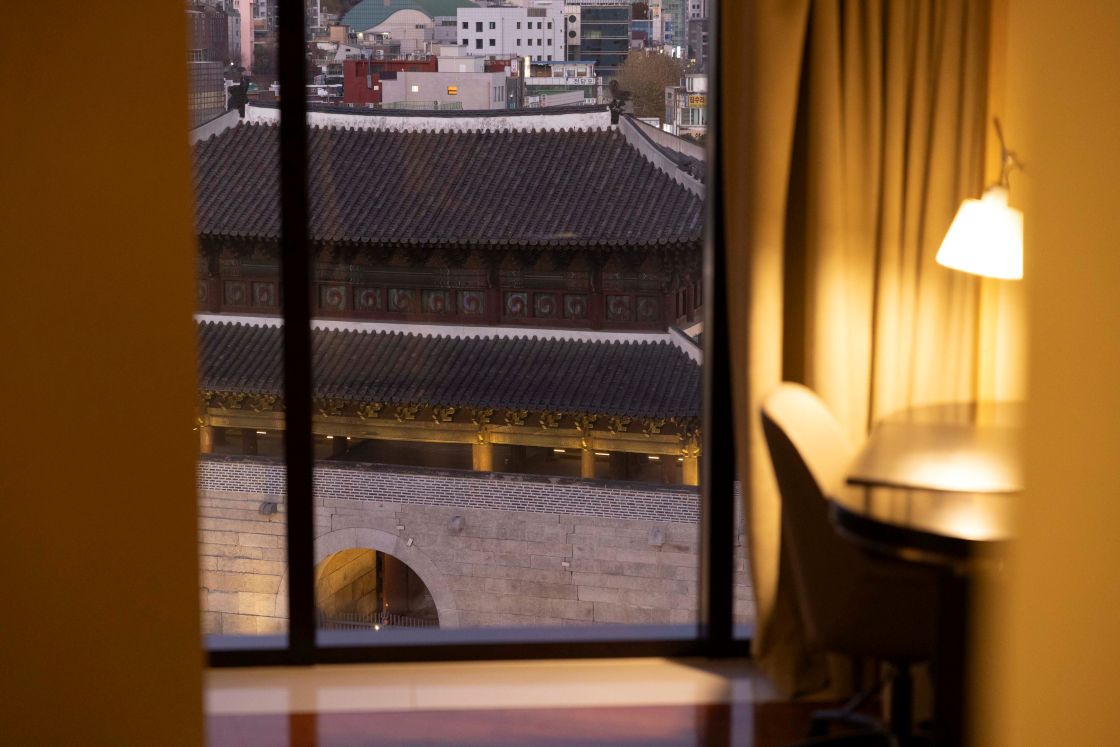
JW Marriott Dongdaemun Square
Jongno, Seoul
Across from Heunginjimun Gate — aka. “Dongdaemun” — one of the Four Great Gates of the Joseon capital, this contemporary hotel places guests at a crossroads of old and new Seoul. Built in 1398 as the city’s eastern gateway, the gate remains a striking example of late-Joseon defensive architecture, with its stone walls, multi-tiered pavilion and sweeping tiled roof standing in sharp contrast to the modern streets around it.
Several rooms and suites offer the coveted “Gate View,” framing this illuminated landmark against the city’s skyline. Inside, the design pairs sleek materials with subtle Korean motifs in wood, textile and art, creating a calm, modern retreat where the rhythms of the present unfold beside one of Seoul’s most enduring historic sites.

The Shilla Seoul
Jung-gu, Seoul
One MICHELIN Key
At this Seoul landmark, Korea’s heritage unfolds in quiet harmony with modern luxury. Many guest rooms overlook Yeong Bin Gwan, a traditional hanok complex once reserved for state receptions, now used for weddings and exclusive events.
Guests can stroll around its landscaped grounds to admire a prime example of Joseon-style architecture, its sweeping tiled roofs and vivid obangsaek (five traditional colors) painted along the eaves in delicate patterns of dancheong (traditional multicolored decorative painting). Within this serene enclave, the blend of craftsmanship and contemporary comfort captures the enduring grace of old Seoul.
READ MORE: Epicurean Escapes: MICHELIN-Selected Hotels in Seoul with Starred Restaurants
Hero image: A serene forest view unfolds from the 'anchae' building of Hoanjae, SEAMARQ’s traditional hanok annex. ©SEAMARQ Hotel









